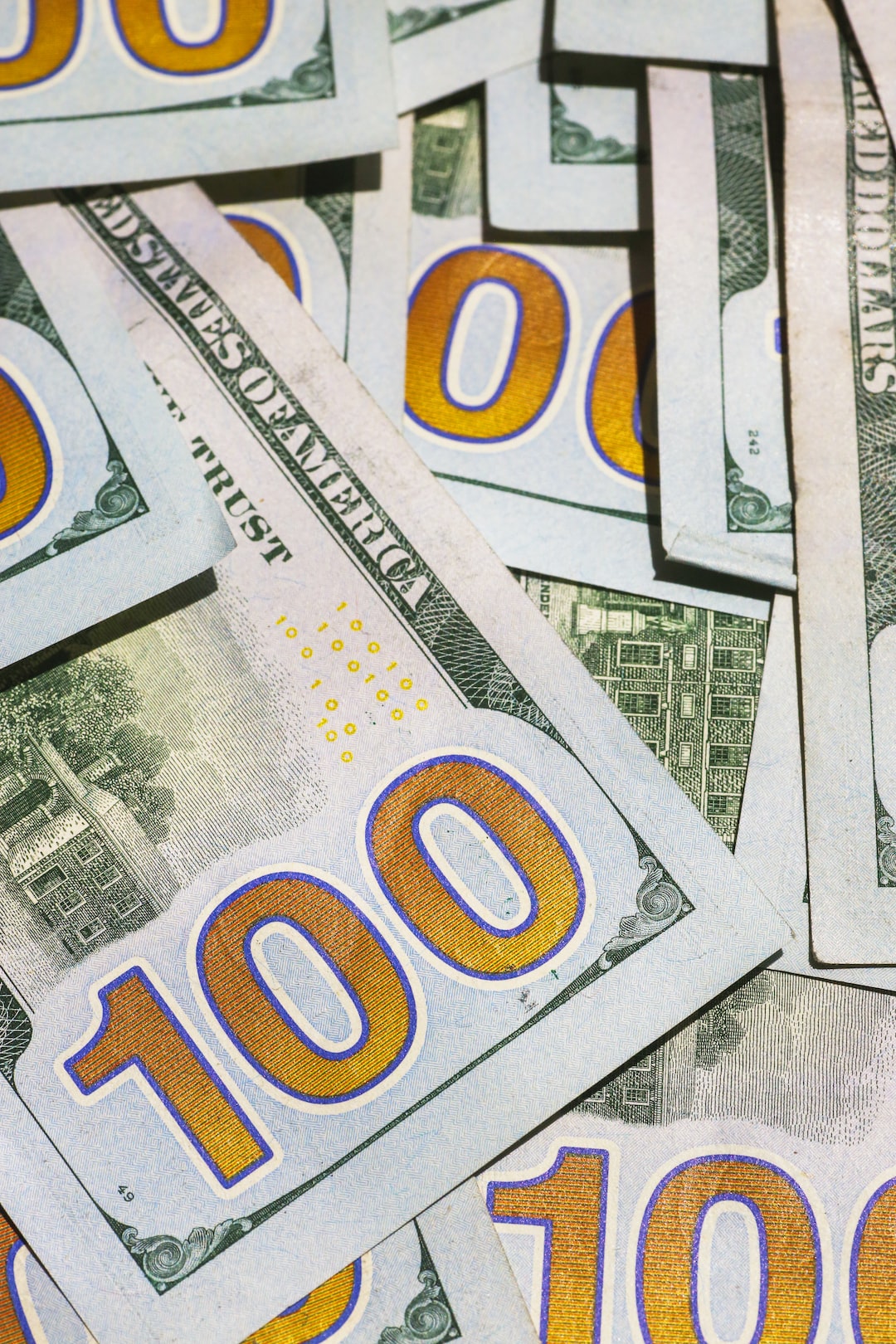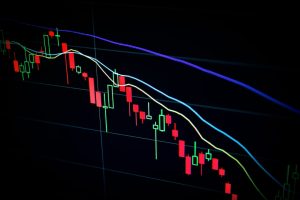Forex trading is a popular financial market that involves buying and selling different currencies. In this market, traders use various tools and strategies to make the best trading decisions and maximize their profits. One of the essential tools used in forex trading is the stop order. In this article, we will explain what a stop in forex is and how it works.
What is a Stop Order?
A stop order is an instruction given to a forex broker to execute a trade when the price of a currency pair reaches a specific level. This level is known as the stop level or stop price. Stop orders can be used for both buying and selling currency pairs. They are designed to help traders limit their losses and protect their profits in case the market moves against their positions.
Types of Stop Orders
There are different types of stop orders that traders can use in forex trading. These include:
1. Stop Loss Order: A stop-loss order is a type of stop order that is used to limit a trader’s losses. It is an instruction given to a broker to sell a currency pair when its price falls below a certain level. This is done to prevent further losses in case the market continues to move against the trader’s position.
2. Take Profit Order: A take-profit order is a type of stop order that is used to lock in a trader’s profits. It is an instruction given to a broker to sell a currency pair when its price reaches a certain level. This is done to ensure that the trader exits the trade with a profit before the market reverses.
3. Trailing Stop Order: A trailing stop order is a type of stop order that is used to protect a trader’s profits. It is an instruction given to a broker to sell a currency pair when its price falls by a certain percentage from its highest point. This allows the trader to lock in their profits while still giving the trade room to move in their favor.
How Does a Stop Order Work?
A stop order works by setting a specific price level at which a trade will be executed. Once the market reaches this level, the broker will automatically execute the trade on behalf of the trader. For example, if a trader buys EUR/USD at 1.2000 and sets a stop loss order at 1.1900, the broker will sell the currency pair when the price reaches 1.1900. This will limit the trader’s losses to 100 pips.
Stop orders are particularly useful in volatile markets where prices can change rapidly. They help traders to manage their risk and protect their capital. However, it is important to note that stop orders are not foolproof. In some cases, the market may gap past the stop level, resulting in a slippage. This is when the trade is executed at a price that is different from the stop level. It is therefore important for traders to understand the risks involved in using stop orders and to use them appropriately.
Conclusion
In summary, a stop order is an instruction given to a forex broker to execute a trade when the price of a currency pair reaches a specific level. There are different types of stop orders that traders can use, including stop loss orders, take profit orders, and trailing stop orders. Stop orders are designed to help traders limit their losses and protect their profits in case the market moves against their positions. However, traders should be aware of the risks involved in using stop orders and use them appropriately to manage their risk.





